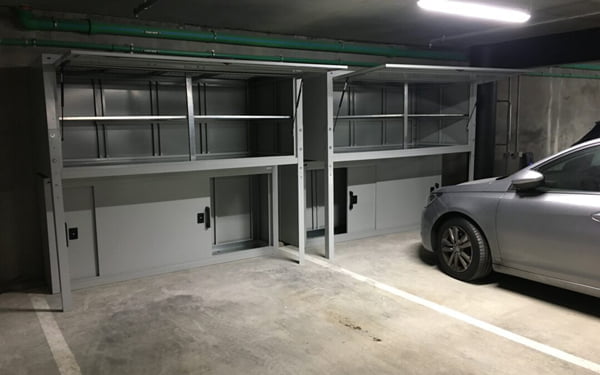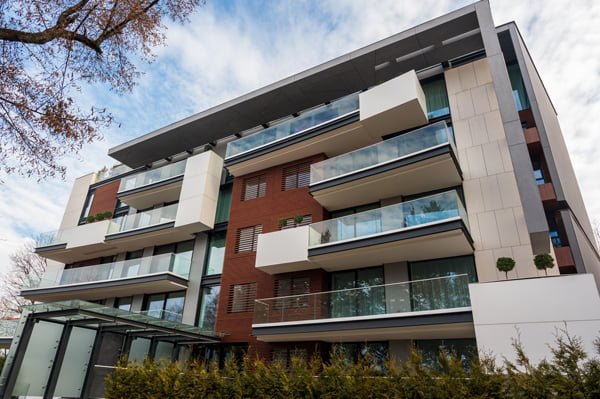Strata Insurance Market Update

As a trusted Strata Insurance partner, we strive to keep our clients updated and informed. This update seeks to define the key factors impacting the pricing and availability of strata insurance in the current market, so that you can make an informed choice on the best offer of insurance.
CURRENT MARKET CONDITIONS
For the past few years, we have been in what is known as a “hard” insurance market. A hard market is where there is a high demand for insurance coverage and limited supply. This typically leads to strict underwriting conditions, rising premiums and less room for negotiation with providers.
All indications are that these hard market conditions will continue to deteriorate for some time before any improvement and will impact all risks.
The Strata insurance premiums offered by insurers reflect not only the property to be insured, but also the wider insurance market conditions, domestically and abroad.
WHAT FACTORS ARE INFLUENCING THE MARKET?
1. Cladding
• Misinformation and misrepresentation regarding cladding continue to be prevalent in the market.
• All insurers have maintained a cautious stance on cladding, with multiple insurers opting to avoid risks with substantial ACP coverage/high risk ACP.
• Currently, there is only one insurer who we can approach to provide quotes for ACP risks.
2. Defects
• The media’s focus on strata defects has never been greater, and this intense scrutiny makes insurers extremely wary of defective buildings.
• A building with defects poses a significant risk for insurers, especially if the defects have been present for a number of years with the Insured taking little to no action.
• Buildings with existing defects are being severely impacted by premium increases, excesses, and significant policy implications, which comes as a shock to many and has significant financial consequences for the Owners Corporation. In the worst cases, buildings with outstanding defects have become uninsurable.
3. Catastrophic Events
• Due to the severity and sheer volume of catastrophe claims, insurers and assessors have been stretched extremely thin. This has had a ripple effect on unrelated claims, leading to an increase in delays and setbacks across the board.
• As a result of the financial impact of these events, premiums are increasing at a significantly higher rate than in previous years. This is a shared experience across the market, not just buildings affected by catastrophes.
• Following a natural disaster, construction and trades may be fully booked for several months. This not only makes the quick resolution of claims incredibly difficult, but it also has consequences that are not related to claims, such as the inability to source contractors for maintenance work or defect correction.
• Catastrophes can no longer be considered isolated occurrences, and this will continue to place pressure on the market in the future.
4. Continuing growth of Strata Developments
• The increased demand for apartment living places a tremendous strain on the construction industry, resulting in multiple new constructions with significant problems from the outset.
• New buildings constructed hastily and poorly with defects face a lengthy uphill battle for rectification and significant difficulties in securing competitive insurance cover.
• Insurance companies are aware of this, and as a result of market saturation, they can afford to quote selectively with increasingly stringent guidelines.
HOW ARE INSURERS RESPONDING?
To survive in the current market and maintain profitability, insurers have drastically modified their approach and appetite.
Across the board, we are currently observing premium increases of up to 15 percent for issue-free risks and 20 to 30 percent and beyond for those with issues.
In an attempt to withstand the rising costs of claims without increasing their rates even further, focusing on specific risks and in some cases excluding others entirely is the approach often taken. As a result, we are observing an increase in special conditions/risk requirements, imposed excesses, short-term policies, and in the worst cases, insurance declinatures.
As one of Australia’s largest and most reputable brokers we have considerable purchase with insurers. In the current market, insurers are becoming less willing to offer ‘favours’ on difficult risks where there isn’t evidence of a proactive committee or significant rectification plans or works.
HOW IS COVERFORCE RESPONDING?
Leveraging our Steadfast ownership continues to provide us with market advantages not available to other brokers. We are continuing to work closely with a panel of preferred insurers who value our business – the advantages of this are directly passed on to our clients.
We have modified our operations to address current market concerns, including forms for Defect disclosure simplicity and increased lead times for buildings with significant issues.
Our team are collaborating closely with strata managers and insurers for buildings with significant issues to improve outcomes.
We are also providing continuous internal and external training for our Strata Service Officers to ensure all team members are empowered with up-to-date knowledge to assist clients.
HOW CAN CLIENTS LIMIT THEIR EXPOSURE IN A DIFFICULT MARKET?
Insurers can no longer afford to take a chance on buildings that have not been properly maintained and/or that exhibit signs of systemic problems through claim trends, defects, and so on.
For buildings with such issues, the best way to avoid negative insurance implications is to take a proactive approach and maintain ongoing communication with your insurer through your broker.
Budget appropriately for strata insurance in the current market and based on projections that the market will remain difficult for an extended period of time. We advise a minimum 20 percent increase in your budget projections.
FUTURE OUTLOOK
In the short term, the market is expected to remain “hard” and may also deteriorate further as insurers continue to remediate their portfolios.
We expect the resistance from insurers to continue, meaning fewer favours offered and fewer chances for premium relief. Initial terms offered will in most cases, be the best terms offered.
An increase in problematic risks moving to the general insurance market will have significant financial implications for those risks and may mean going uninsured if the necessary steps are not taken.
We anticipate the following will also impact the longer-term future of strata insurance pricing:
- Increased scrutiny on defects and ACP, while detrimental now, it is expected to be greatly beneficial in the long run – bringing non-compliant buildings up to industry standards.
- The impact of the soon-to-be-implemented Government Reinsurance Scheme cannot be accurately predicted, some believe it will be a market turning point. This is something we will be monitoring closely.
Article written by Cover Force Smart Insurance Solutions.
The information provided in this document is of a general nature only and has been prepared without taking into account your individual objectives, financial situation or needs. The future outlook is based on the current market and may vary depending on changes in the market. If you require advice that is tailored to your specific business or individual circumstances, please contact the Strata team at Coverforce directly.
Please note that this article is provided for information purposes only and is not a substitute for professional legal advice.
‘Liability limited by a scheme approved under Professional Standards Legislation’.








